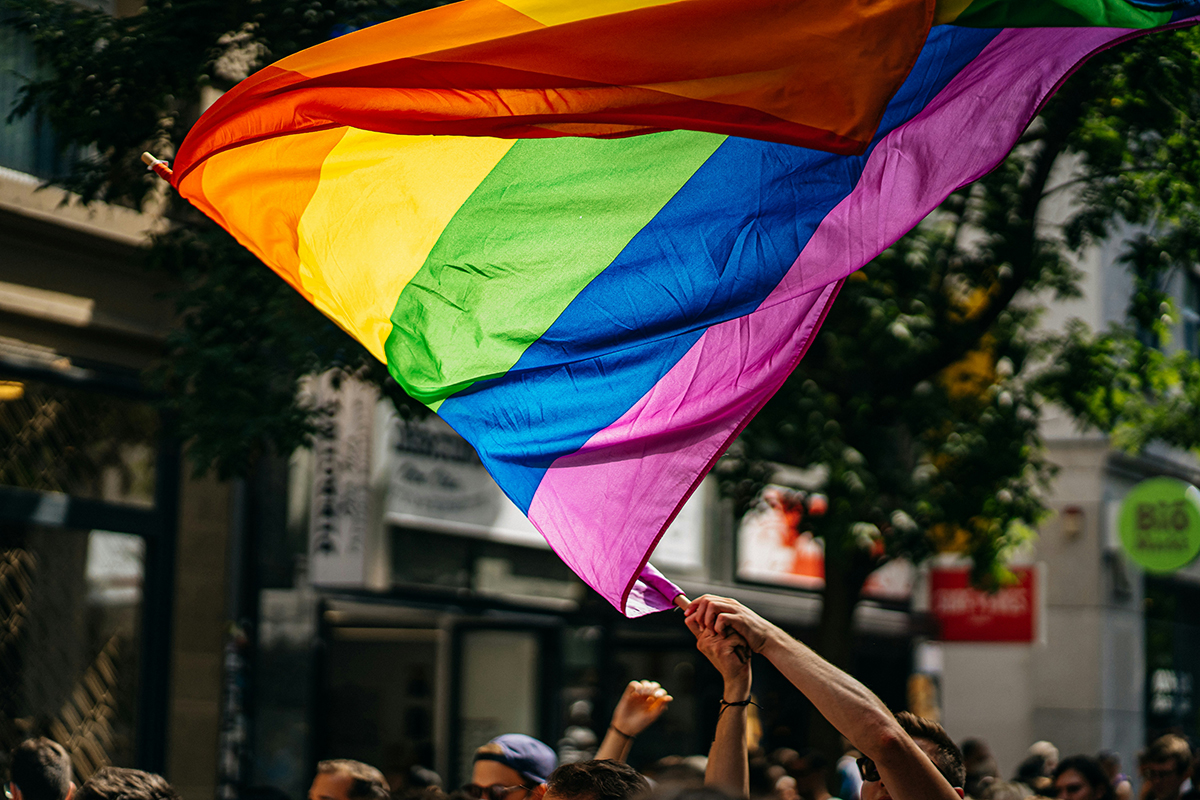Children and young people have plenty to be concerned about these days – concerns that can be elevated by social media and the news cycle.
There’s no question, mental health support for young people is critical. However, research on the mental health of youth of color has been nearly non-existent. This lack of research makes it difficult to provide scientifically rooted, culturally appropriate, and effective interventions or treatments.
The African American Knowledge Optimized for Mindfully Healthy Adolescents (AAKOMA) Project recently released a new report, “State of Mental Health for Youth of Color 2022.” It was a first-of-its-kind study that highlighted the mental health needs and experiences of youth of color and included important areas of impact.
Learnings from the Study
It was important for the mental health study sample to include young people from the full range of ethnicities, races and ages.
The study looked at specific mental health issues that youth of color experience and the severity and impact of those issues. From anxiety and depression to exposure to racial trauma, the study highlighted the issues that youth of color face.
Anxiety
The study defines anxiety disorders as “mental health disorders characterized by feelings of worry, anxiety or fear that are strong enough to interfere with one’s daily activities.”
Panic attacks, obsessive-compulsive disorder and post-traumatic stress disorder are examples of the way anxiety can manifest. The symptoms can include stress that is out of proportion to the event or activity, consistent worrying and agitation.
The percentage of young people surveyed that experienced mild to severe anxiety included:
- Black: 52%
- Latino: 58.9%
- Asian: 45.7%
- Native American: 50.1%
- Multiracial: 49.3%
For all youth of color in the sample, feeling anxious, worried or nervous was the most common symptom of anxiety, but each group showed different aspects of anxious behavior, such as:
- Black survey respondents struggled with decision-making and worry about bad things happening
- Latino/e survey respondents struggled with decision-making
- Asian survey respondents avoided situations they worried about
Depression
A persistently depressed mood or loss of interest in activities are symptoms of depressive illnesses. These could be caused by a combination of biological, psychological and social sources of distress and the deep sadness associated with depression can lead to more concerning symptoms.
The below bar charts from AAKOMA Project show the percentage of each race/ethnic group’s severity of depression.
The depression symptoms one experiences can have a profound impact on daily life. Depending on the symptoms, a person can experience a range of issues from sleeplessness to suicide.
Researchers found that feeling tired or having little energy was the most common symptom of depression among all youth, and at least half of youth of color reported experiencing moderate to severe depression or anxiety.
Suicide
Certainly, the most significant and dangerous issue of mental illness across all young people is suicidal thoughts and behaviors.
The study found that 26.8% of all youth reported suicidal ideation in the past year – with no differences across the different racial groups. Young women are more likely to report suicidal ideas and 18% of the youth in the study sample made at least one suicide attempt. Black youth are significantly more likely to make a suicide attempt compared to the other racial groups.
Seeking Treatment
Unlike white teenagers, attitudes towards depression treatment and counselling are more stigmatized in communities of color. According to Harvard University’s McClean Hospital 25% of Black people seek mental health treatment compared to 40% of white people.
Because of this, The Centers for Disease Control and Prevention (CDC) has declared that communities of color are at greater risk for poor health outcomes.
Unfortunately, unequal access to mental health care from a lack of health insurance or resources can contribute to not seeking treatment as well. Plus, reliance on non-clinical faith-based support systems and the cultural relevance in typical treatment can be barriers to seeking help from youth of color.
When researchers asked survey respondents about seeking treatment, they found:
- 30% reported needing treatment, but not receiving it
- 35% reported taking medication for mental health care
- 18% would have “thought less” about someone seeking treatment
While these report findings are concerning, there are efforts across the country to de-stigmatize mental and behavioral health care and treatment among communities of color.
Local Support
Locally, San Diego Foundation (SDF) understands that thriving children and families are an important component of a healthy, resilient region. Through the SDF Healthy Children and Family Initiative, $600,000 has been locally granted to mental and behavioral health programs, helping 15,000 children and families receive access to critical services, and screening 2,464 children for Adverse Childhood Experiences (ACEs).
Launched in the fall of 2021 with the child tax credit outreach project, the Healthy Children and Families Initiative supports our Strategic Plan by advancing community resilience through health equity and increases the quality of life for children and families through expanded access to supportive services.
Learn more about the Healthy Children and Family Initiative and how it’s making a difference in San Diego.




